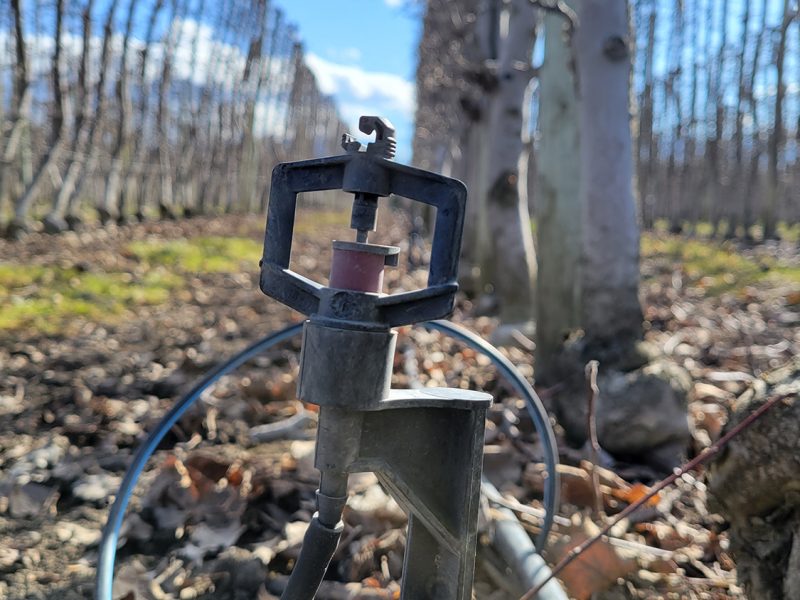The BC government has started preparing for potential drought and wildfire this summer with the formal announcement of $83 million in agricultural water infrastructure, such as sloughs and water systems.
The funding tops up the initial funding announced in 2023 to $113 million, and supports a three-year initiative to improve the resilience of farms and ranches across the province.
The move follows an extremely warm winter and a snowpack that was averaging 66% below normal across BC on March 1. This is the second lowest snowpack on record in the past 50 years, according to the BC River Forecast Centre.
Reversing the trend will depend on sustained spring rains in May, June and July.
“Farmers and ranchers are among those that face tough challenges from drought,” says Water, Land and Resource Stewardship Minister Nathan Cullen, explaining the rationale for the significant investment in water infrastructure and watershed security and resilience during a press conference this week regarding seasonal emergency preparedness.
The funding aims to “keep as much water on the land as possible given the concerns we have about drought.”
Four regions in the province, all in northern BC, entered the winter at the most severe Level 5 drought rating. According to the most recent Canadian Drought Monitor, Prince George and the Cariboo are experiencing some of the most severe drought conditions in Canada.
Cullen says while water restrictions are a last resort, the province won’t be giving priority to agriculture if the taps are turned off because there have been no amendments to the Water Sustainability Act.
“The reason we’re spending money on prevention and assisting farmers and ranchers right now is to build that infrastructure, so we don’t have to get to that place of last resort in which restrictions are issued,” he says.
“Preparing for drought now will make us more resilient. While we don’t know for sure how this summer and fall will look like, we have a plan.”


 Spring freshet risk low
Spring freshet risk low